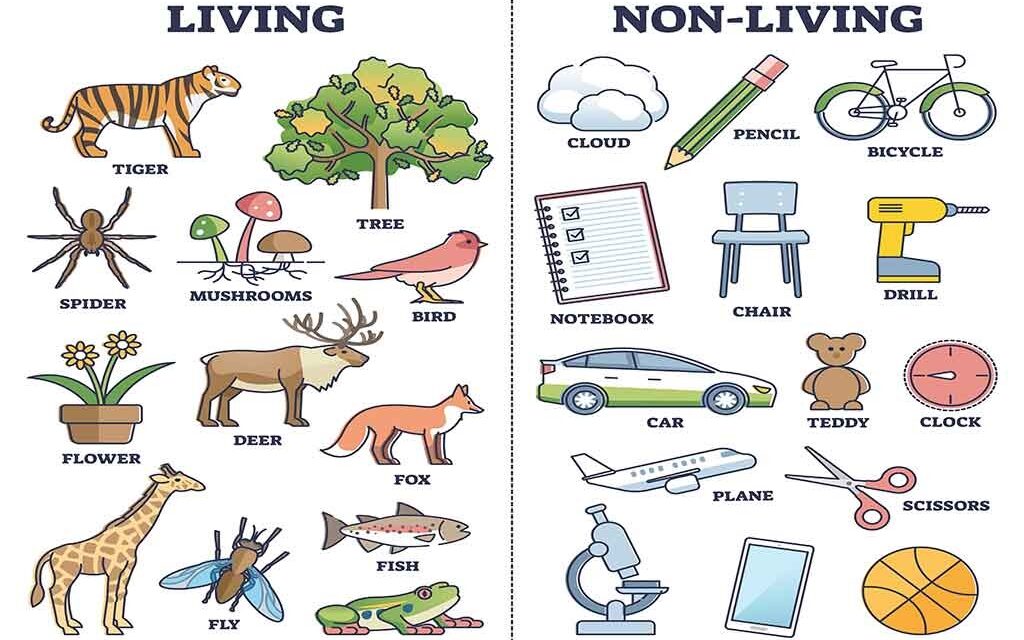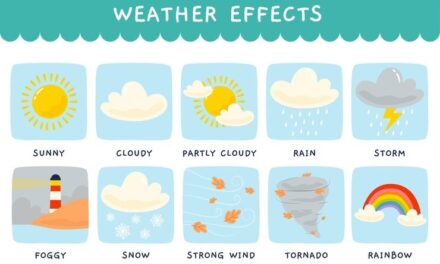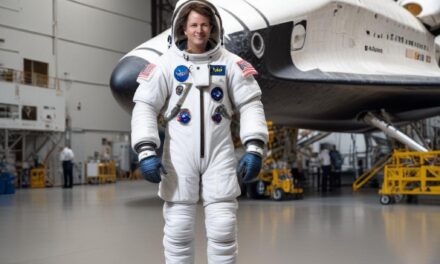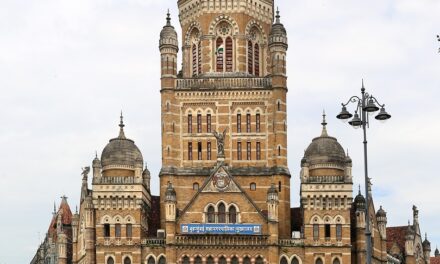Today, we’re going to discover the difference between living and non-living things. We’ll learn about what makes something alive, how living things are different from non-living things, and explore both natural and man-made objects. Ready to explore? Let’s dive in!
What Are Living Things?
Living things are all around us. They can be plants, animals, or even tiny microorganisms that are too small to see without a microscope. But what makes something a living thing? Let’s explore the special features that all living things have.
Features of Living Things
Living things share some important characteristics. They:
– Breathe: All living things need to breathe or exchange gases to stay alive. For example, humans and animals breathe in oxygen and breathe out carbon dioxide. Plants also “breathe” through tiny holes in their leaves.
– Move: Living things can move. Animals move to find food, shelter, or to escape danger. Even plants can move, though they do it very slowly. For example, flowers turn to follow the sun.
– Grow: Living things grow over time. Babies become children, children become adults, and plants grow from tiny seeds into tall trees.
– Need Food: All living things need food to get energy. Animals eat other plants or animals, while plants make their own food from sunlight.
– Feel: Living things can sense and respond to their environment. Animals feel pain or hunger and react to it. Plants might close their flowers when touched or when it gets too dark.
– Reproduce: Living things can produce new living things. Animals have babies, plants grow new seeds, and even tiny bacteria can make more of themselves.
How Living Things Breathe?
Breathing is one of the most important things living things do. Let’s look at how different living things breathe:
– Humans and Animals: We breathe in oxygen through our noses and mouths, which travels to our lungs. Oxygen is used by our bodies to get energy from the food we eat.
– Plants: Plants don’t have noses or mouths, but they breathe through tiny openings in their leaves called stomata. They take in carbon dioxide and release oxygen.
How Living Things Move
Movement is another sign of life. Let’s see how different living things move:
– Animals: Animals move in many ways. Some walk, some swim, and others fly. For example, a cheetah runs very fast, while a fish swims in the water.
– Plants: Plants move too, but they do it very slowly. For example, sunflowers turn to face the sun, and Venus flytraps close their leaves to catch insects.
How Living Things Grow
Growth is a special feature of living things. Let’s explore how growth happens:
– Humans and Animals: Babies grow into children, and children grow into adults. This process takes many years.
– Plants: A tiny seed can grow into a huge tree. Plants grow by adding new cells and getting bigger as they get more nutrients from the soil and sunlight.
How Living Things Need Food
Food is very important for living things because it provides energy. Let’s see how different living things get their food:
– Animals: Animals eat other plants or animals to get the energy they need. For example, a lion eats meat, while a cow eats grass.
– Plants: Plants make their own food through a process called photosynthesis. They use sunlight, water, and carbon dioxide to make food.
How Living Things Feel
Feeling or sensing is another important feature of living things. Here’s how different living things sense their surroundings:
– Humans and Animals: We have special senses like sight, hearing, taste, touch, and smell. These help us understand and respond to what’s happening around us.
– Plants: Plants can sense light and touch. For example, some plants close their leaves when touched, and others move to face the sun.
How Living Things Reproduce
Reproduction is how living things make new living things. Let’s see how this works:
– Animals: Animals have babies. For example, birds lay eggs that hatch into baby birds.
– Plants: Plants reproduce by making seeds. Some plants grow from seeds, while others grow from parts like leaves or stems.
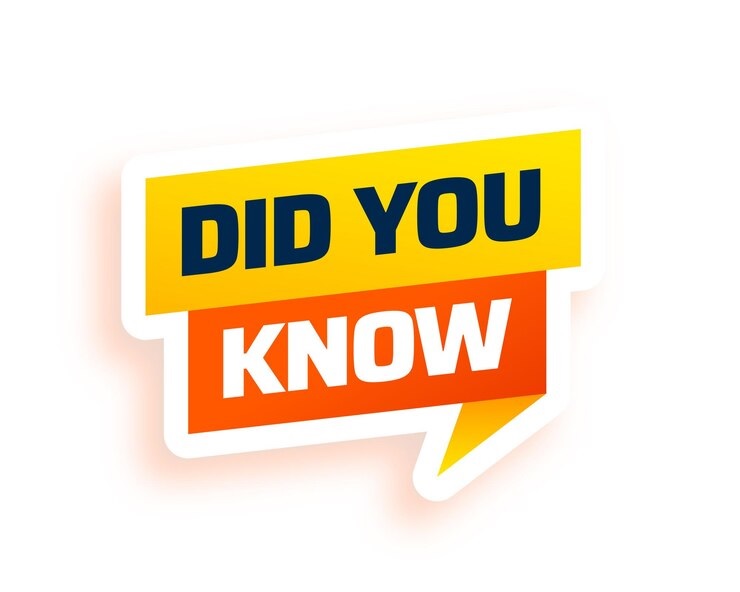
Breathe- Did you know that the Amazon rainforest produces 20% of the world’s oxygen? That’s why it’s often called the “lungs of the Earth.”
Move- The fastest animal on land is the cheetah, which can run up to 60 miles per hour!
Grow- The tallest tree in the world is a giant redwood tree in California, which is over 350 feet tall!
Eat- A blue whale, the largest animal on Earth, can eat up to 4 tons of krill (tiny shrimp-like creatures) in a single day!
Feel- The mimosa plant, also known as the sensitive plant, folds its leaves when touched as a way to protect itself.
Reproduce- A single apple tree can produce up to 800 apples in a year!
What Are Non-Living Things?
Non-living things are objects that do not have the characteristics of life. They can be natural or man-made. Let’s explore these:
Natural Non-Living Things
These are things that come from nature and were not made by humans. Examples include:
– Rocks: Rocks are hard and solid but don’t grow or move.
– Water: Water flows but doesn’t grow or need food.
– Sunlight: Sunlight provides energy but doesn’t breathe or reproduce.
Man-Made Non-Living Things
These are objects that humans create. Examples include:
– Toys: Toys are made for fun, like dolls and cars. They don’t grow or need food.
– Buildings: Buildings are made to live or work in. They don’t move or reproduce.
– Books: Books are created to share information but don’t breathe or feel.
Natural and Man-Made Things
Let’s compare natural and man-made things:
– Natural Things: They are part of the Earth’s environment and were not created by people. Examples include trees, rivers, and animals.
– Man-Made Things: They are created by people to serve a purpose. Examples include machines, roads, and houses.
How to Tell the Difference Between Living and Non-Living Things
Here’s a simple way to tell if something is living or non-living:
- Does it breathe? Living things breathe, but non-living things don’t.
- Does it move on its own? Living things can move by themselves, while non-living things don’t.
- Does it grow? Living things grow over time, but non-living things stay the same size.
- Does it need food? Living things need food to get energy, but non-living things don’t.
- Does it feel? Living things can sense and react to their surroundings, while non-living things can’t.
- Can it reproduce? Living things can make new living things, but non-living things cannot.
The worksheet covers the following topics-
Living Things
Features of Living Things
Living Things Breathe
Living Things Move
Living Things Grow
Living Things Need Food
Living Things Feel
Living Things Reproduce
Non-living Things
Natural and Man-made Things

